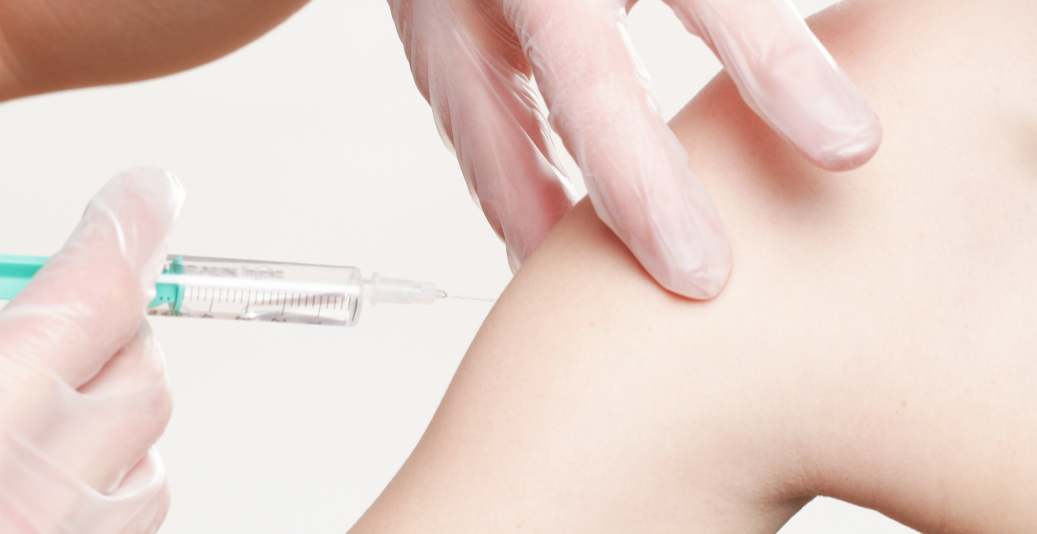COVID-19 Fall Forecast: What To Expect
It's been six months since the world went into shutdown to curb rising cases of the novel coronavirus. To date, COVID-19 has grown from a cluster of cases in the Wuhan province of China, to over 25 million cases worldwide—resulting in 900,000 deaths across the globe. Many countries entered government-sanctioned shutdowns to reduce the spread of the virus, in an attempt to keep from overwhelming the healthcare system and provide adequate care to those who need it the most.
Once the curve was flattened enough, the government phased businesses back into action slowly. But what is the prognosis of COVID-19 for small businesses across North America, and how will our return to life as we knew it be affected heading into fall 2020?

Returning to School
For elementary, high school, and post-secondary students—as well as staff—the anxiety of returning to campuses in person has been like electricity in the air. Earlier this year, in March 2020, all schools were ordered to move to a remote model utilizing video conferencing software to teach classes. In British Columbia, students returned to school in person in June 2020, to practice modelling for how in-person school could be taught safely and effectively.
Many school districts and universities have mandated that students return to school in person with measures in place, such as physical distancing, mandatory mask-wearing, and isolated social circles to keep the risk of infection down. However, some post-secondary institutes are allowing options for professors to teach classes via video conferencing, with regulations in place to ensure students are engaged and attentive during lectures.
Resources For Education Institutes:
- COVID-19 and Canadian universities: Information and resources
- British Columbia's Back To School Plan
- Colleges, Universities, and Higher Learning: CDC
- Preparing for COVID-19: American College Health Association
Heading Into Flu Season
Each fall, healthcare systems everywhere brace for an influx of patients with the flu. The Centers For Disease Control & Prevention estimates that, by mid-March of this year, between 29,000 and 59,000 died due to influenza illnesses. By September 2020, nearly 200,000 people have died from COVID-19 in the United States of America, and many healthcare professionals fear what could happen heading into the impending flu season. Doctors are bracing for more flu cases could affect the treatment of COVID-19 patients; they are asking questions such as how many beds will be available, and how much equipment will be accessible to give every patient the care they need.
However, there may be some good news on the horizon. Countries in the southern hemisphere who have just emerged from their winter months reported a much lower number of influenza cases. In Australia, the country had above-average flu rates during first two months of 2020, but they have since taken quite a nosedive. In April, there were only 229 laboratory-confirmed cases in April. To put it in perspective, that is roughly one per cent of the 18,705 recorded April 2019. Healthcare systems in Brazil, South Africa, and Chile also saw this trend materialize.
It's speculated that these countries have seen such low numbers of the flu because many more people got vaccinated against it, as well as practicing the precautions that work against infection—such as frequent hand-washing, distancing, and wearing a face covering over the mouth and nose. This could mean that there may be lower cases of influenza in North America this fall and winter, too.
Resources For Navigating Flu Season:
- The Flu Season: Centers For Disease Control & Prevention
- Seasonal Influenza, Avian Influenza and Pandemic Influenza: Infection Prevention & Control Canada
- Influenza: World Health Organization
- The Flu: Government Of Ontario
When Will A Vaccine Be Ready?
The crux of the novel coronavirus's global spread has resulted in a race to develop an effective vaccine; a sprint, rather than a marathon. Typically, vaccines take years to develop, test, and get to market. However, researchers are expediting the process since the virus is extremely contagious and, in many cases, extremely deadly. Nations across the globe are working tirelessly to get a working vaccine to market, in what is often compared to the Space Race.
In the United States, the Centers For Disease Control & Prevention, as well as the President, have stated that a vaccine will be available by early November. However, there are doubts about how this timeline will materialize into access to a COVID-19 vaccine for Americans. In Canada, officials have reached an agreement with American vaccine developer Noravax to purchase 76 million doses once one is approved and ready, likely finalized next year. The company may start late-stage trials by October. Right now, the NVX-CoV2373 vaccine is in second-stage trials.
It's one thing to develop a vaccine, but researchers are also studying the antibodies present in people who have recovered from COVID-19, and have not seen encouraging results. Canada's national Immunity Task Force has examined blood samples from previously infected participants, and has concluded that immunity in Canada's population is very low. What this means is that everyone is still at a large risk of infection.






